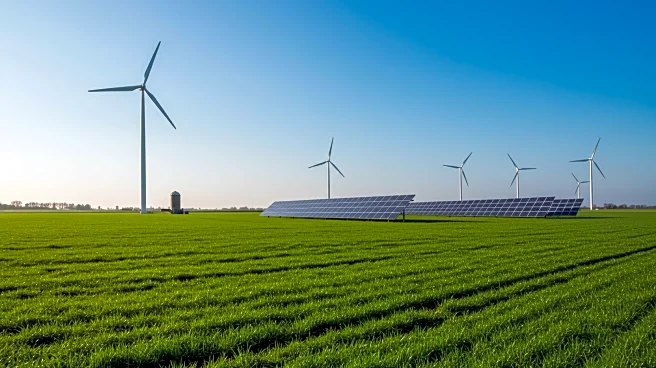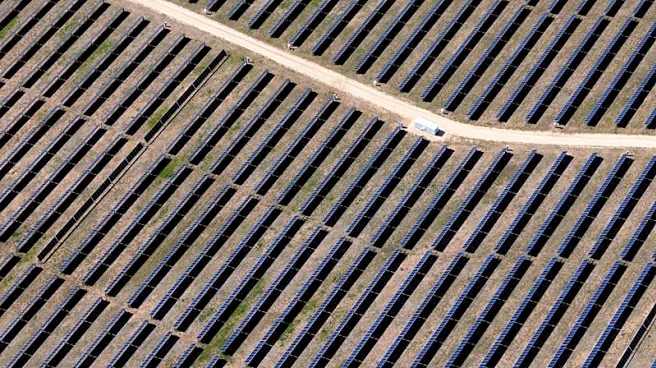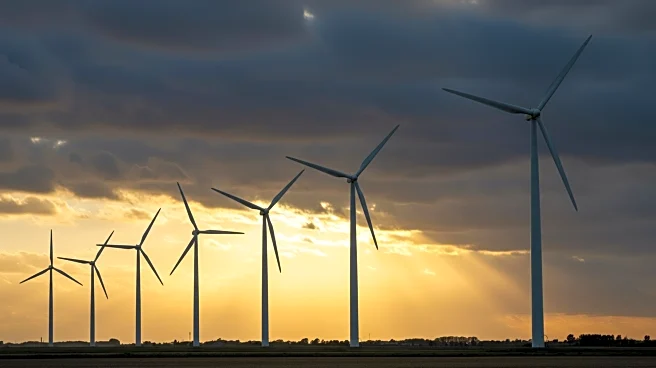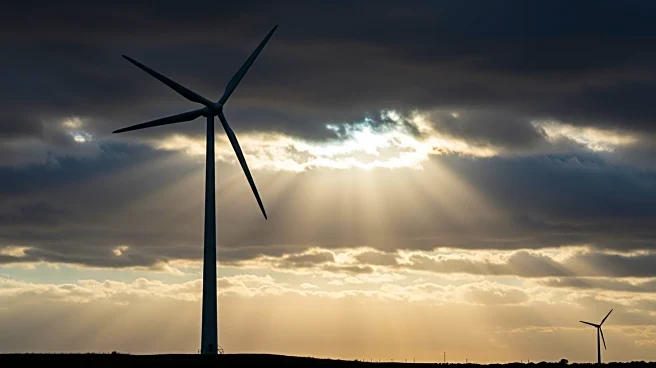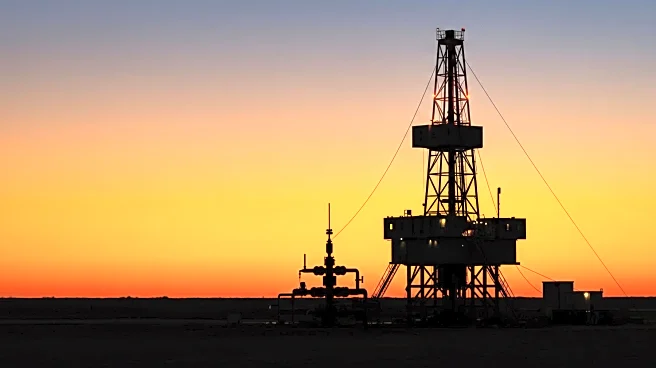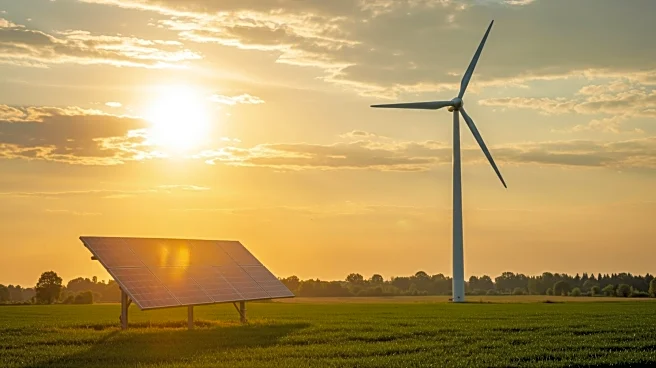What is the story about?
What's Happening?
The U.S. Department of Agriculture (USDA) announced changes to its funding criteria for solar and wind projects on farms. According to a press release, the USDA will increase scrutiny on these projects but will not completely end support for clean energy initiatives on U.S. farms. Agriculture Secretary Brooke Rollins stated that the agency will no longer fund wind and solar projects on productive farmland, focusing instead on smaller-scale renewable energy facilities. The USDA's Rural Development Business and Industry Guaranteed Loan Program will exclude wind and solar projects, and ground-mounted solar systems over 50 kilowatts will not qualify for the Rural Energy for America Program Guaranteed Loan Program unless they can document historical energy usage. Additionally, the USDA will prohibit the use of solar panels manufactured by foreign adversaries in USDA-funded projects.
Why It's Important?
This policy shift by the USDA could significantly impact the renewable energy sector, particularly solar and wind energy projects on agricultural land. By restricting funding for larger projects, the USDA aims to preserve productive farmland and maintain its affordability. However, this move may limit farmers' ability to diversify their revenue streams through renewable energy installations. The decision reflects a broader trend of balancing agricultural productivity with renewable energy development. Stakeholders in the solar industry, like Thomas Clark from Northstone Solar, have expressed concerns that these changes could hinder farmers' efforts to integrate renewable energy solutions into their operations.
What's Next?
The USDA's new guidelines may prompt farmers and renewable energy companies to reassess their strategies for implementing solar and wind projects. Smaller-scale projects might still receive support, but the agency's focus on preserving farmland could lead to increased scrutiny and regulatory hurdles. The USDA's decision may also influence future policy discussions on the balance between agricultural land use and renewable energy development. Stakeholders, including farmers, renewable energy companies, and policymakers, will likely engage in dialogue to address the implications of these changes and explore potential adjustments to the guidelines.
Beyond the Headlines
The USDA's decision highlights the ongoing debate over land use priorities in the U.S. As renewable energy becomes more prevalent, the challenge of integrating these projects with existing agricultural practices grows. The agency's move to restrict funding for larger projects underscores the importance of finding a balance between environmental sustainability and agricultural productivity. This development may also spark discussions on the role of foreign-manufactured solar panels in U.S. energy projects, reflecting broader geopolitical considerations in energy policy.
AI Generated Content
Do you find this article useful?
